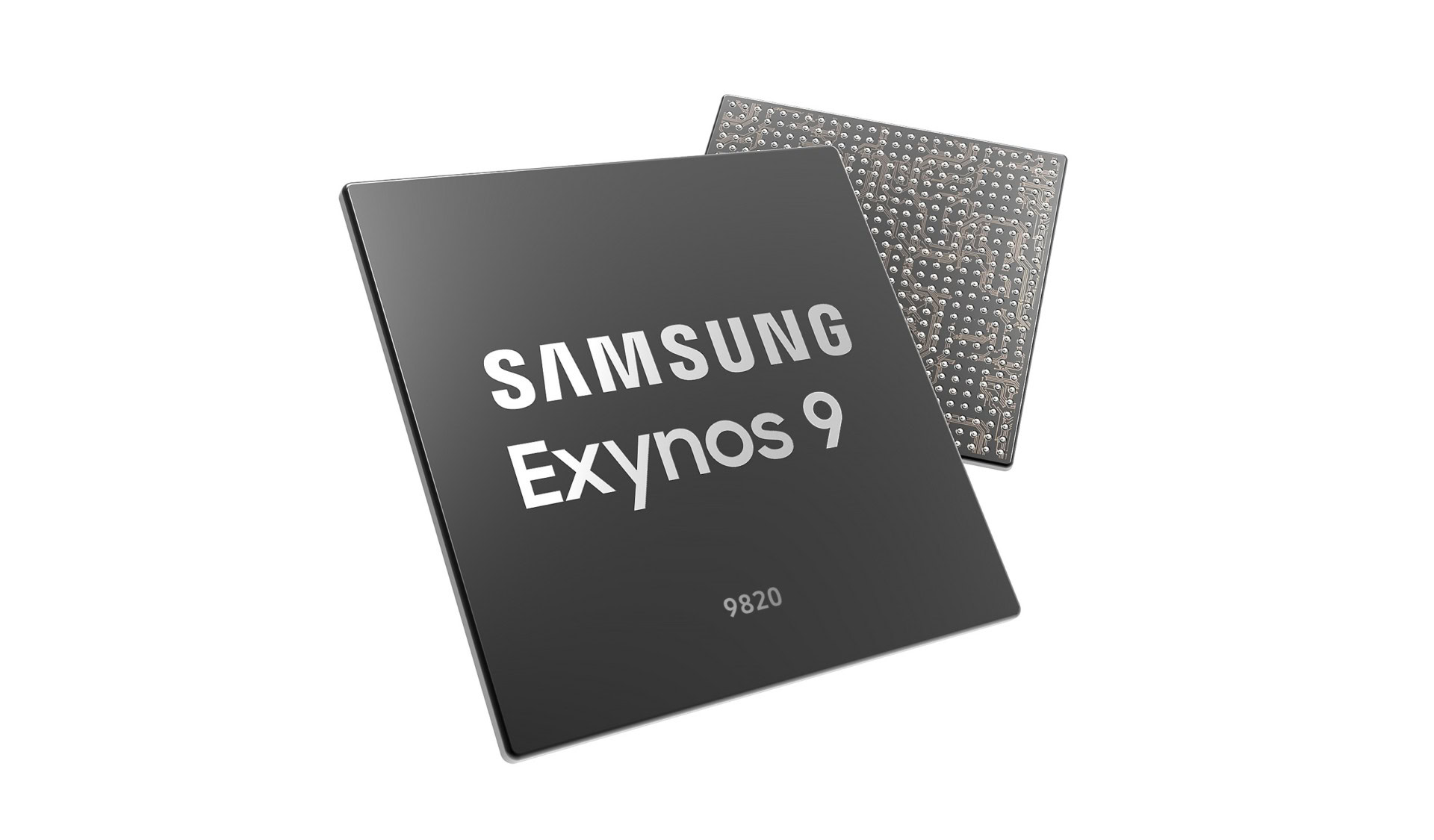Affiliate links on Android Authority may earn us a commission. Learn more.
Samsung shutting down custom CPU division in the US
Published onNovember 4, 2019

Samsung’s Exynos flagship processors have been a mainstay for years now, and they’ve mostly featured Samsung’s Mongoose custom CPU cores. Unfortunately, the Korean brand is now shutting down its custom CPU division.
Samsung filed a Worker Adjustment and Retraining (WARN) letter in Texas, according to The Statesman, notifying the state that 290 employees will be laid off as part of its CPU unit being shut down. The layoffs reportedly go into effect from December 31.
The Korean manufacturer confirmed the news to Android Authority, while also explaining the reasoning behind the decision.
“Based upon a thorough assessment of our System LSI [large scale integration – ed] business and the need to stay competitive in the global market, Samsung has decided to transition part of our U.S.-based R&D teams in Austin and San Jose,” the company told us in a statement, adding that it remained committed to its US workforce.
Where to now for Samsung?

It’s unclear what exactly this means for Samsung’s custom CPU plans for 2020 and beyond. Samsung’s Mongoose CPU cores were mostly used in its flagship Exynos processors, starting with 2016’s Exynos 8890 in the Galaxy S7. But our own testing with the Galaxy S10 series revealed that while the Exynos chipset offered better single core performance than the Snapdragon variant, the Snapdragon version beat it in most other key areas.
If Samsung is indeed abandoning its custom CPU cores for flagship phones, then it’s likely that the firm will adopt Arm CPUs or semi-custom versions of these CPUs for future devices. Huawei currently uses Arm CPUs in its flagships, while Qualcomm uses tweaked versions of these cores in its Snapdragon 800-series of high-end processors. Qualcomm in particular previously used fully custom CPU designs for several years before transitioning to a semi-custom model instead.
The news comes several months after Samsung announced that it’s working with AMD to develop mobile GPUs. But we’re not expecting to see the first fruits of this partnership any time soon.